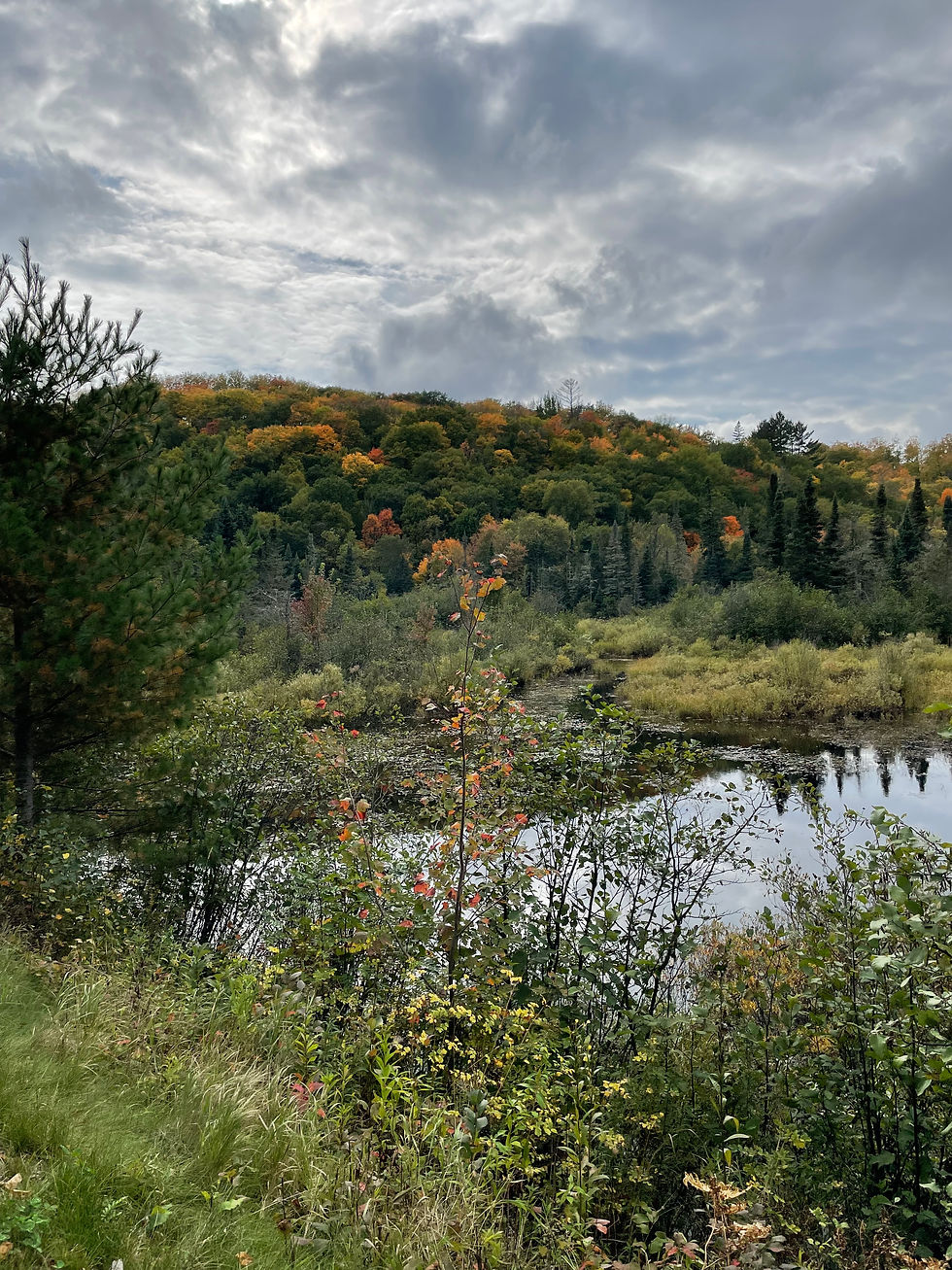Your Secret to a Spectacular Spring Garden: It's Time to Plant Fall Bulbs!
- Linda Andriacchi

- 3 days ago
- 4 min read

As the days grow shorter and the air turns crisp, many gardeners start winding down. But for those in the know, autumn isn't the end of the gardening season—it's the beginning of next spring's show! Right now is the perfect time to plant those incredible little packages of potential: fall flower bulbs.
Planting bulbs like tulips, daffodils, and crocuses in the fall gives them the essential period of cold weather, or chilling, that they need to set their roots and prepare for a dazzling bloom next spring. A little effort now is the key to an explosion of color when the world awakens!
Ready to get your hands dirty? Here are the must-know tips for planting fall bulbs and guaranteeing a glorious spring garden.
Fall Bulb Planting Tips for Spring Success
1. Timing is Everything (But Don't Panic!)
When to Plant: Plant your spring-blooming bulbs when the ground has cooled down—ideally when nighttime temperatures are consistently between 40∘F and 50∘F (about 4∘C to 10∘C). This is typically 6 to 8 weeks before the ground freezes solid. The goal is to let the bulbs establish roots before winter hits, but not so early that they start to sprout foliage.
The Late Gardener: If you're running late, don't worry! Bulbs can often be planted until the ground is frozen. Just get them in the ground as soon as you can.
2. Choose the Right Spot and Prepare the Soil
Sunlight: Most bulbs do best in full sun (at least 6 hours of direct sun). However, early bloomers like Crocus and Snowdrops can be planted under deciduous trees (the kind that lose their leaves) because they'll bloom before the canopy fills out and shades them.
Drainage is Key: The most common killer of flower bulbs is wet soil, which causes them to rot. The Dutch say, "bulbs don't like wet feet." Choose a spot with well-draining soil. If your soil is heavy clay, mix in some organic matter like compost or fine gravel before planting to improve drainage.
Pick Quality Bulbs: Always look for bulbs that are plump and firm. Skip any that feel soft, mushy, or show signs of mold. Bigger bulbs generally produce a better bloom.
3. How to Plant (The Basics)
Depth: A general rule of thumb is to plant the bulb two to three times as deep as the bulb is tall. So, a 2-inch bulb should be planted 4 to 6 inches deep. The packaging should give you the exact recommendation.
Orientation: Plant the bulb with the pointy side up (this is where the stem will emerge) and the flatter, sometimes hairy, side (where the roots grow) down. If you can't tell which end is which (which can happen with Crocus or Anemone), just plant it on its side—the flower will still find its way up!
Grouping: For the most visual impact, avoid planting bulbs in straight, thin lines. Plant them in clusters or drifts of 5, 7, 9, or more. This creates a beautiful mass of color that is far more dramatic than a single-file row.
Water In: After planting and covering with soil, water the area well. This settles the soil and encourages initial root growth. You typically don't need to water again over the winter unless you live in a very arid climate.
4. Extend the Bloom and Protect Your Investment
Layer for a Long Show (The "Bulb Lasagna"): Plant varieties with staggered bloom times (early, mid, and late spring) together, or even in layers in the same hole (taller bulbs deeper, smaller bulbs on top) to create a continuous display of color.
Critter Control: Squirrels and voles love tulips! To deter them, try covering the planting area with a layer of fine gravel or a piece of chicken wire or hardware cloth, anchored down, which you can remove when the sprouts emerge. You can also focus on critter-resistant bulbs like Daffodils (Narcissus) and Alliums.
Don't Cut the Foliage! This is a tip for next spring: After your bulbs bloom, the leaves need time to yellow and die back naturally. This foliage is essential for gathering sunlight and storing energy in the bulb for next year's bloom. Tidy them up only after they've turned completely yellow.
The Best Bulbs to Plant This Fall
Looking for ideas? Here are some classic and resilient fall-planted bulbs:
Daffodils (Narcissus): Beginner-friendly, deer and rodent-resistant, and reliable perennial returners.
Tulips (Tulipa): The iconic spring bloom. Thousands of varieties to choose from! Can be treated as annuals or perennials depending on the type.
Crocus: One of the earliest flowers to appear, often poking through the last snow. Plant in masses for a beautiful carpet of color.
Hyacinths: Known for their dense, fragrant flower spikes. Great for planting near a walkway or patio to enjoy their scent.
Alliums (Ornamental Onion): Large, globe-shaped flowers on tall, sturdy stems that add unique texture and are deer-resistant.
Get outside, dig a few holes, and secure your ticket to a stunning, vibrant spring! Happy planting!








Comments